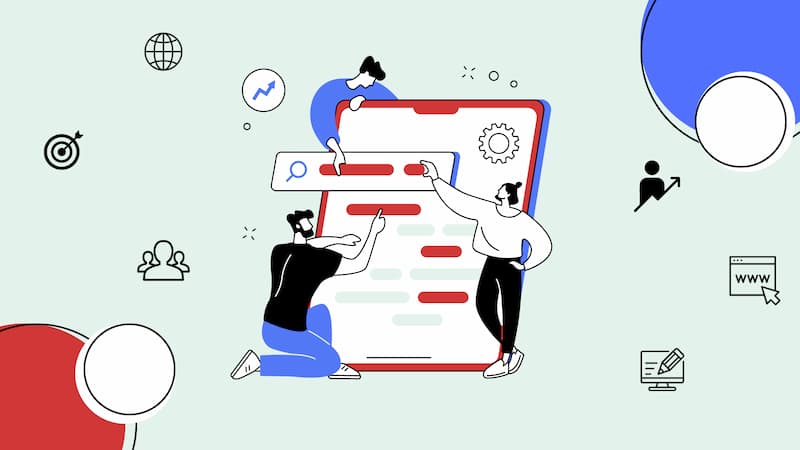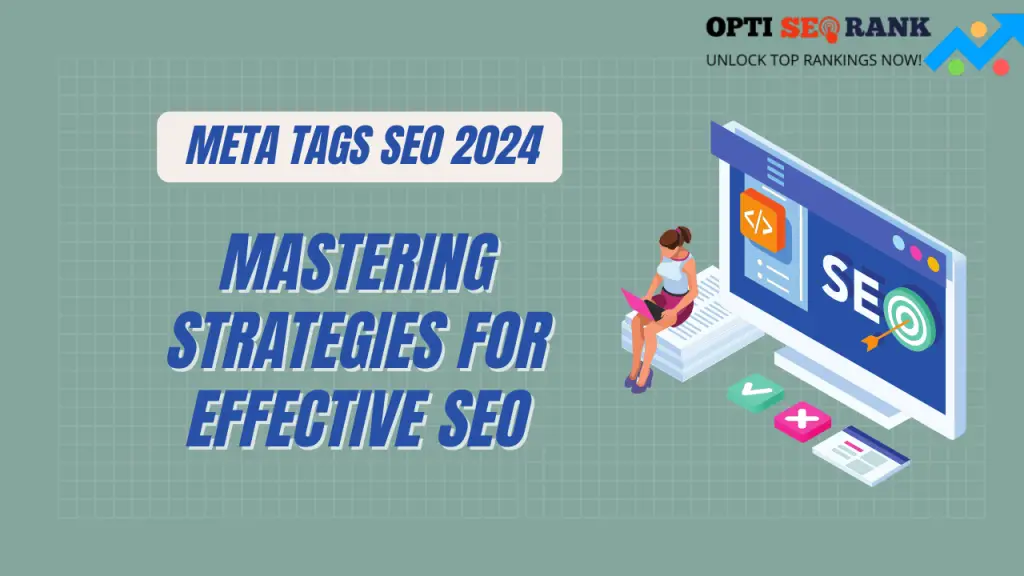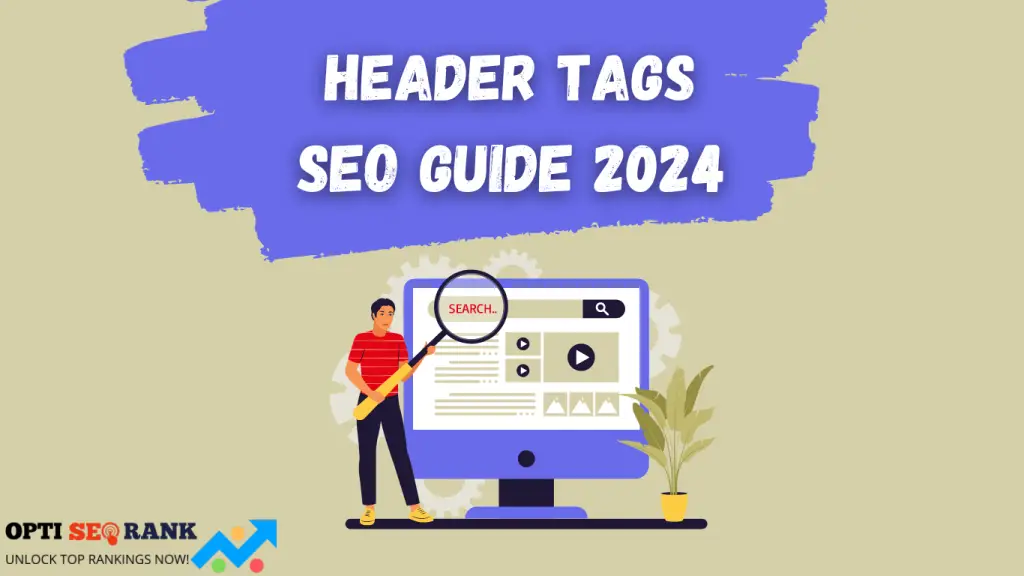Crafting SEO-friendly content structures enhances visibility and engagement. It involves strategic use of keywords, headers, and concise writing.
Optimizing content for search engines is crucial for online success. Quality content attracts readers and improves search engine rankings. Proper structure, including headers, subheaders, and bullet points, enhances readability. Effective use of keywords helps search engines understand the content’s relevance.
Short paragraphs and sentences keep readers engaged. Internal and external links boost credibility and SEO. Regularly updating content ensures it remains relevant. By adhering to these practices, your content stands a better chance of reaching a wider audience and achieving higher rankings on search engine results pages. Aim to create valuable content that meets both user needs and SEO requirements for the best results.
Introduction To Seo-friendly Content

Creating SEO-friendly content is crucial for online visibility. It helps your website rank higher in search engines. This ensures that your content reaches a broader audience. In this section, we will explore the importance of SEO and the basics of SEO-friendly content.
Importance Of Seo
SEO stands for Search Engine Optimization. It is the process of optimizing your content to rank higher in search results. Higher rankings lead to more traffic and visibility. This can translate to better engagement and conversions.
SEO is essential for digital marketing. It helps you stay ahead of your competitors. Optimized content also improves user experience. It ensures that your audience finds relevant and valuable information quickly.
Basics Of Seo-friendly Content
Creating SEO-friendly content involves several key elements. These elements include keywords, meta tags, headings, and internal links. Each of these components plays a vital role in improving your content’s visibility.
| Element | Description |
| Keywords | Words or phrases that users search for. |
| Meta Tags | Tags that provide information about a webpage. |
| Headings | Structured text that helps organize content. |
| Internal Links | Links that connect one page to another within the same website. |
Here are some tips for crafting SEO-friendly content:
- Use relevant keywords in your content.
- Write clear and concise meta descriptions.
- Use H1, H2, and H3 headings to structure your content.
- Include internal links to related content on your site.
Keyword Research
Keyword research is a cornerstone of crafting SEO-friendly content. By identifying the right keywords, you enhance the visibility of your content. This helps in attracting organic traffic and improving search engine rankings.
Finding Relevant Keywords
Finding relevant keywords begins with understanding your audience. Use tools like Google Keyword Planner or Ahrefs to discover popular search terms. Analyze the search volume and competition for each keyword.
- Identify primary and secondary keywords.
- Focus on keywords with high search volume but low competition.
- Ensure the keywords match the intent of your audience.
Use these keywords naturally within your content. Avoid keyword stuffing, which can harm your ranking.
Using Long-tail Keywords
Long-tail keywords are longer and more specific phrases. They typically have lower search volume but higher conversion rates. For example, instead of “shoes,” use “best running shoes for women.”
- Long-tail keywords are less competitive.
- They target niche audiences effectively.
- They help in ranking for specific queries.
Incorporate long-tail keywords into your headings, subheadings, and content. This practice makes your content more relevant to search queries.
Content Formatting
Content formatting plays a vital role in SEO. Proper formatting ensures that your content is easy to read and understand. It also helps search engines to better index your content. Let’s dive into some key components of content formatting.
Headings And Subheadings
Headings and subheadings structure your content. They guide your readers and search engines. Use
for the main title,
for main sections, and
for sub-sections.
Here’s an example structure:
Main TitleSection 1Subsection 1.1Subsection 1.2Section 2Subsection 2.1Subsection 2.2
Bullet Points And Lists
Use bullet points and lists to break down information. This makes the content easier to scan. Readers love quick, digestible bits of information.
Here’s how to use them:
- Use unordered lists for items without a specific order.
- Use ordered lists for step-by-step instructions.
- First step
- Second step
- Third step
Lists make content more engaging. They help readers find information quickly.
Optimizing Meta Tags
Meta tags play a crucial role in SEO. They help search engines understand your content. Optimizing these tags can boost your visibility. This section focuses on optimizing two key meta tags: Title Tags and Meta Descriptions.
Title Tags
Title tags are essential for search engine rankings. They appear in search results as clickable headlines. Here are some tips to optimize your title tags:
- Keep them under 60 characters.
- Include primary keywords.
- Make them compelling to attract clicks.
For example, a good title tag for a blog about SEO might be:
Use this format to ensure your title tags are effective. This helps search engines and users understand your content.
Meta Descriptions
Meta descriptions provide a brief summary of your page. They appear below the title tag in search results. To optimize meta descriptions, follow these tips:
- Keep them between 150-160 characters.
- Include primary and secondary keywords.
- Write clear, engaging summaries.
Here is an example of an optimized meta description:
Using this structure, your meta descriptions become more effective. This can increase your click-through rate (CTR) and overall SEO performance.
Creating Engaging Content
Crafting engaging content is key to successful SEO. It keeps readers on your site longer, reducing bounce rates. Engaging content also encourages shares and backlinks, boosting your site’s authority.
Quality Over Quantity
Focus on quality over quantity. One high-quality post is better than multiple low-quality ones. Quality content provides value, answers questions, and solves problems. It also includes reliable sources and factual information.
- Research your topic thoroughly.
- Include statistics and references.
- Ensure your content is well-written and error-free.
Quality content also involves engaging writing. Use simple language and short sentences. Break up text with headers, bullet points, and images. Make your content easy to scan and understand.
User Intent
Understanding user intent is crucial for SEO. User intent is the reason behind a search query. It can be informational, navigational, or transactional.
| Type of Intent | Description |
| Informational | Users seek information or answers. |
| Navigational | Users want to find a specific site or page. |
| Transactional | Users aim to buy or perform an action. |
Align your content with the user’s intent. If they seek information, provide detailed answers. If they want to buy, offer clear product descriptions and calls to action. Matching user intent enhances user experience and SEO performance.
- Identify the intent behind keywords.
- Craft content that matches this intent.
- Regularly update and improve your content.
By focusing on quality and user intent, you create content that engages and ranks well.
Internal And External Linking
Internal and external linking are crucial for SEO. These links help with website navigation and enhance credibility. They also improve user experience and search engine ranking.
Importance Of Internal Links
Internal links connect your website pages. They help users find related content easily. Search engines use them to crawl your site. This process improves your site’s indexability. It also helps distribute page authority.
Consider the following benefits of internal links:
- Improves site navigation
- Helps distribute page authority
- Increases user engagement
- Boosts SEO ranking
Credibility With External Links
External links point to content on other websites. They provide additional resources and enhance credibility. Linking to high-authority sites boosts your content’s trustworthiness.
Here’s why external links are valuable:
- Builds content credibility
- Provides additional resources
- Enhances user experience
- Improves SEO ranking
Use both internal and external links wisely. They make your content more valuable and SEO-friendly.
Image Optimization
Image optimization is crucial for crafting SEO-friendly content structures. Properly optimized images can enhance user experience and improve page load times. This section will explore key techniques to optimize your images effectively.
Using Alt Text
Alt text, or alternative text, is a description of an image. It helps search engines understand the image content. Adding alt text improves SEO and accessibility. Users with visual impairments rely on alt text to understand images.
Follow these steps to write effective alt text:
- Describe the image accurately and briefly.
- Include relevant keywords but avoid keyword stuffing.
- Ensure the text is unique for each image.
Compressing Images
Large images can slow down your website. Compressing images reduces their file size without losing quality. This practice improves page load speed and enhances user experience.
Here are some tools to compress images:
| Tool | Description |
| TinyPNG | Reduces the file size of PNG and JPEG images. |
| ImageOptim | Optimizes images for web use on macOS. |
| Kraken.io | Offers a web interface and API for image compression. |
Follow these best practices for compressing images:
- Use the right file format (JPEG, PNG, WebP).
- Adjust the image dimensions to the required size.
- Utilize tools to reduce file size without quality loss.
Monitoring And Updating Content
Creating SEO-friendly content doesn’t end with publishing. Monitoring and updating your content is crucial for maintaining and improving your search rankings. Regularly reviewing and refreshing your content ensures it stays relevant, accurate, and engaging for your audience.
Analytics Tools
Use analytics tools to monitor your content’s performance. Tools like Google Analytics and SEMrush provide valuable insights. They help you understand what works and what needs improvement. Monitor metrics such as:
- Page views
- Average time on page
- Bounce rate
- Conversion rate
These metrics show how users interact with your content. High bounce rates or low time on page indicate potential issues. Address these issues to improve user engagement and SEO performance.
Regular Content Audits
Perform regular content audits to ensure your content stays fresh and relevant. A content audit involves reviewing all existing content. Identify outdated information, broken links, and underperforming pages. Use a table to track your audit process:
| Page URL | Content Type | Last Updated | Action Needed |
| /blog-post-1 | Article | 2022-01-15 | Update information |
| /landing-page-2 | Landing Page | 2021-11-10 | Fix broken link |
| /product-page-3 | Product Page | 2020-06-20 | Refresh content |
Regular audits help you maintain content quality and relevance. They also identify opportunities for content repurposing or updates. This ongoing process is vital for long-term SEO success.
Frequently Asked Questions
How Do I Make My Content Seo Optimized?
To make content SEO optimized, use relevant keywords naturally, create engaging headings, write quality content, ensure fast loading, and use internal links.
How Do You Structure Content For Seo?
Structure content with clear headings, subheadings, and short paragraphs. Use relevant keywords naturally. Include internal and external links. Optimize images with alt text. Ensure fast page loading.
What Is The Recommended Approach For Creating Seo-friendly Content?
Create SEO-friendly content by using relevant keywords naturally, writing engaging and informative text, optimizing headings, including internal and external links, and ensuring mobile-friendliness.
How Do I Structure And Write Seo Optimized Articles In 2024?
To structure and write SEO optimized articles in 2024, use relevant keywords naturally. Craft engaging titles and headings. Write clear, concise content. Include internal and external links. Optimize images with alt text.
Conclusion
Mastering SEO-friendly content structures boosts your online visibility. Focus on clear, concise, and engaging writing. Use relevant keywords naturally. Keep your audience in mind while maintaining search engine guidelines. Consistent practice leads to better results. Implement these tips to enhance your content’s performance and drive more traffic to your site.



